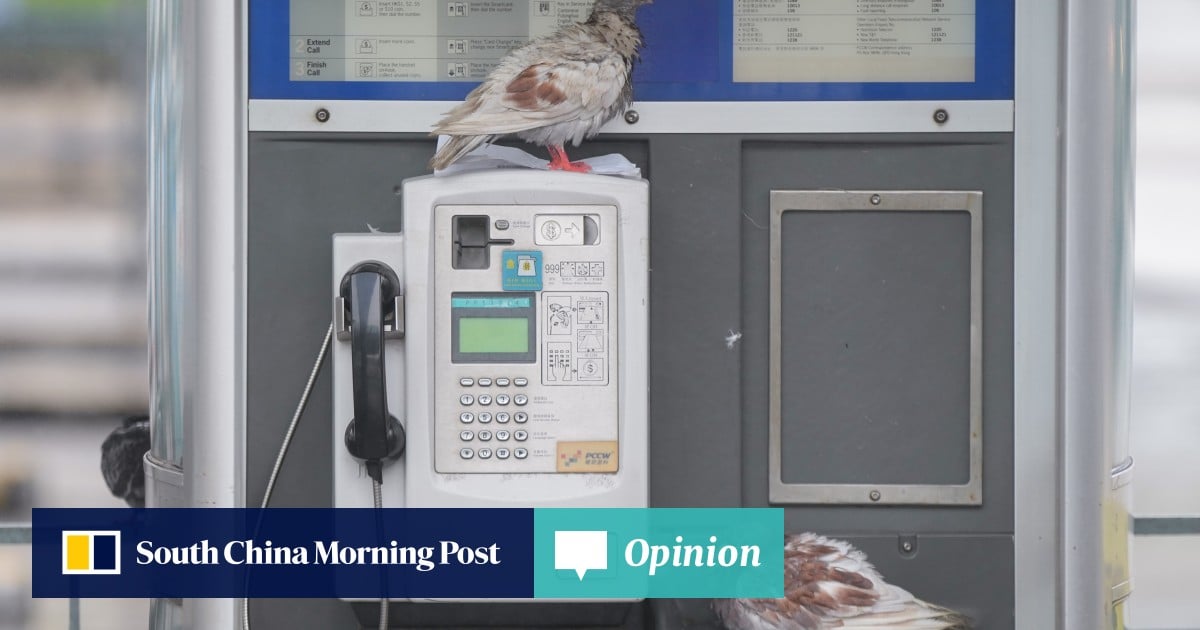Amid the ceaseless rain and howling winds, you cannot help but ponder. As I gazed out of the window of my hotel at the Chek Lap Kok airport, I noticed an eerie absence – there were no birds perched on street lights, no dragonflies darting around trees.
Amid the clamour of concern over human safety, why is it that we hear so little about animal safety? Are concerted efforts made to protect these animals during tropical typhoons and, more broadly, in the face of natural disasters?
The effects of typhoons on animals are profound and multifaceted, and can present severe challenges for various species. For instance, many birds – especially the smaller and migratory ones – struggle to find stable perches or shelter in relentless winds and heavy rains; this leaves them vulnerable to injury or death due to exhaustion. The disorienting effects of the storm can further disrupt their navigational abilities.
Typhoons also disrupt the complex balance of pollination, affecting not only plant reproduction but also the food web that relies on these interactions.
All these examples underscore the intricate web of life in Hong Kong and the critical need to include animal welfare considerations in disaster preparedness and response strategies.
Our cities were originally built to shield us from the perils of a daunting natural world, isolating us from a seemingly treacherous environment. Yet many animals have not only survived but are thriving in highly urbanised and densely populated metropolises such as Hong Kong.
Our prosperity, as a multi-species society, hinges upon including animals in our plans. As our cities bolster their infrastructures to withstand an increasing number of natural disaster events, it is paramount that our response evolves to encompass animals and to transition to a multi-species framework.
We tend to focus on animals we have a personal connection with, while animals we share liminal spaces with, such as bats, rats, squirrels and countless bird species, remain on the periphery of our concern. This neglect not only threatens biodiversity, but also exacerbates unnecessary animal suffering.
As with every human-animal conflict resolution, solutions are multifaceted. Here, the creation of a comprehensive preparedness programme appears to be suitable. This could include the creation of bird lofts, strategically placed throughout the city, as safe havens for the avian species during typhoons. Animal passageways and corridors could be integrated into our urban infrastructure, allowing wildlife to seek refuge but also to move freely without endangering themselves on busy roads.
Other conservation initiatives tailored to the unique needs of animals within our urban confines, such as bat-friendly building designs – roosting boxes, crevices, bat-friendly gardens and flight corridors – are also ways of promoting the welfare of liminal animals, as well as a better coexistence between humans and other species.
Their well-being is not just a moral imperative; it is an ecological necessity. Implementing some of these solutions would be an opportunity to create cohesion between species, as well as better stewardship in cities.
In the end, the legacy of our cities depends on how well we discharge our responsibility to all inhabitants, great and small. Typhoon Saola serves as a poignant reminder that we must not wait for crises to push us to take action. Let’s make caring for all animals, regardless of size or circumstance, an everyday commitment. It is not just a duty; it is a testament to our compassion and the health of our shared urban environment.
Zoe Newton is an animal studies graduate of New York University
